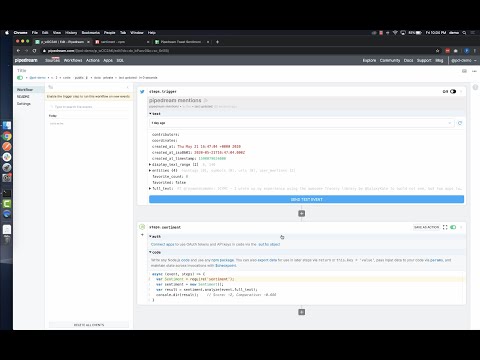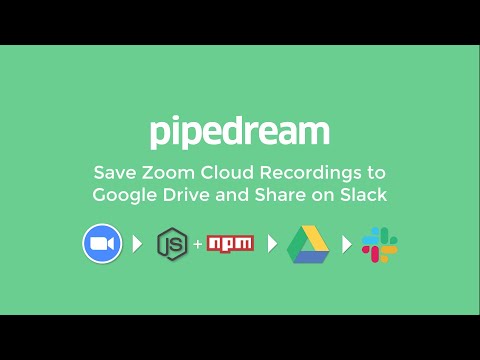What do you want to automate
with Hugging Face and Google Sheets?
Prompt, edit and deploy AI agents that connect to Hugging Face, Google Sheets and 3,000+ other apps in seconds.
Trusted by 1,000,000+ developers from startups to Fortune 500 companies
Popular Ways to Connect Hugging Face with Google Sheets#
Popular Hugging Face and Google Sheets Triggers#
Emit new event each time a comment is added to a spreadsheet.
Emit new event each time a row or rows are added to the bottom of a spreadsheet.
Emit new event each time a row or rows are added to the bottom of a spreadsheet.
Emit new event each time a row or cell is updated in a spreadsheet.
Popular Hugging Face and Google Sheets Actions#
Want to have a nice know-it-all bot that can answer any question?. This action allows you to ask a question and get an answer from a trained model. See the docs
Add a single row of data to Google Sheets. See the documentation
This task reads some image input and outputs the likelihood of classes. This action allows you to classify images into categories. See the docs
Add multiple rows of data to a Google Sheet. See the documentation
This task is well known to translate text from one language to another. See the docs
Overview of Hugging Face#
The Hugging Face API provides access to a vast range of machine learning models, primarily for natural language processing (NLP) tasks like text classification, translation, summarization, and question answering. It lets you leverage pre-trained models and fine-tune them on your data. Using the API within Pipedream, you can automate workflows that involve language processing, integrate AI insights into your apps, or respond to events with AI-generated content.
Connect Hugging Face#
import { axios } from "@pipedream/platform"
export default defineComponent({
props: {
hugging_face: {
type: "app",
app: "hugging_face",
}
},
async run({steps, $}) {
return await axios($, {
url: `https://huggingface.co/api/whoami-v2`,
headers: {
Authorization: `Bearer ${this.hugging_face.$auth.access_token}`,
},
})
},
})
Overview of Google Sheets#
The Google Sheets API allows for the creation, reading, updating, and deletion of data within Google Sheets, enabling a robust platform for spreadsheet management and data manipulation. Through Pipedream, you can craft serverless workflows that respond to various triggers, such as webhook events, emails, or scheduled times, to interact with Google Sheets. This synergy can automate reporting, synchronize data across applications, manage inventory, track leads in a CRM, or even conduct survey analysis by updating and retrieving sheet data on the fly.
Connect Google Sheets#
import { axios } from "@pipedream/platform"
export default defineComponent({
props: {
google_sheets: {
type: "app",
app: "google_sheets",
}
},
async run({steps, $}) {
return await axios($, {
url: `https://www.googleapis.com/oauth2/v1/userinfo`,
headers: {
Authorization: `Bearer ${this.google_sheets.$auth.oauth_access_token}`,
},
})
},
})
Related Videos#



Community Posts#


